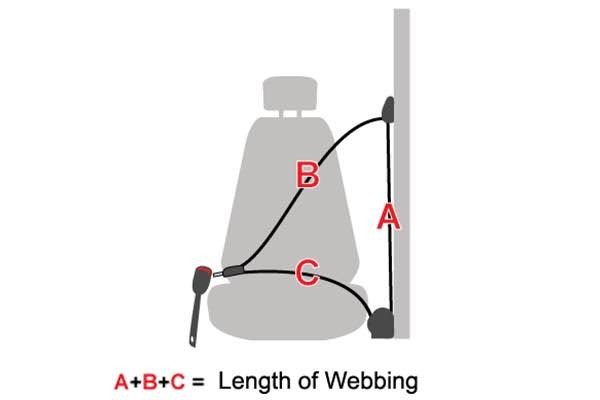Before the three-point safety belt, lap belts were commonly used in vehicles. However, these belts only provided minimal protection and could even cause severe injuries in high-speed collisions.
The three-point safety belt was invented in 1959 by Nils Bohlin, a Swedish engineer working for Volvo.
Technological advancements to the three-point safety belt include:
1. Retractor Mechanism: The introduction of the retractor mechanism in the belt design allowed for automatic adjustment and tensioning, ensuring a snug and secure fit for passengers.
2. Pretensioners: Pretensioners were incorporated to eliminate any slack in the belt during a sudden stop or impact. They retract the belt instantaneously, reducing the forward movement of the occupant and minimizing potential injuries.
3. Load Limiters: Load limiters were introduced to absorb and distribute the impact force on the occupant's body during a crash. They allow the belt to give slightly, reducing the risk of chest and internal injuries.
4. Height Adjusters: Height adjusters became a standard feature, enabling users to customize the position of the shoulder strap to ensure optimal belt placement across different body sizes.
5. Seat Belt Reminder Systems: Advanced safety systems were implemented to remind occupants to fasten their seat belts. Visual and audible alerts ensure that the occupants are properly secured before the vehicle starts moving.
These technological advancements have significantly improved the effectiveness and reliability of the three-point safety belt, making it one of the most important and widely used safety features in vehicles today.

Comments (0)
Please login to join the discussion
Be the first to comment on this article!
Share your thoughts and start the discussion